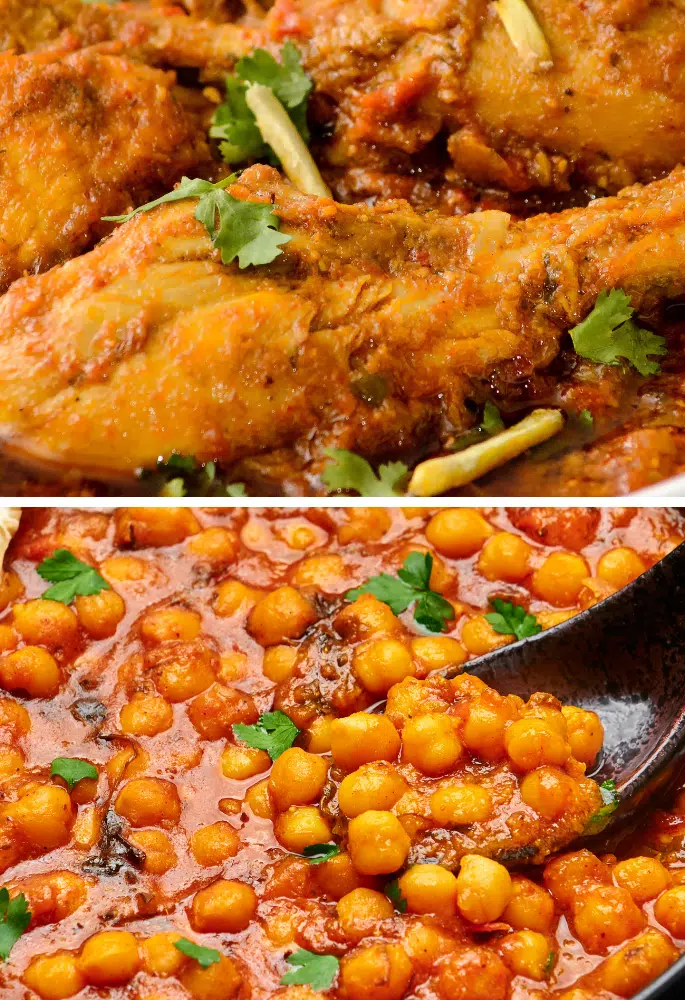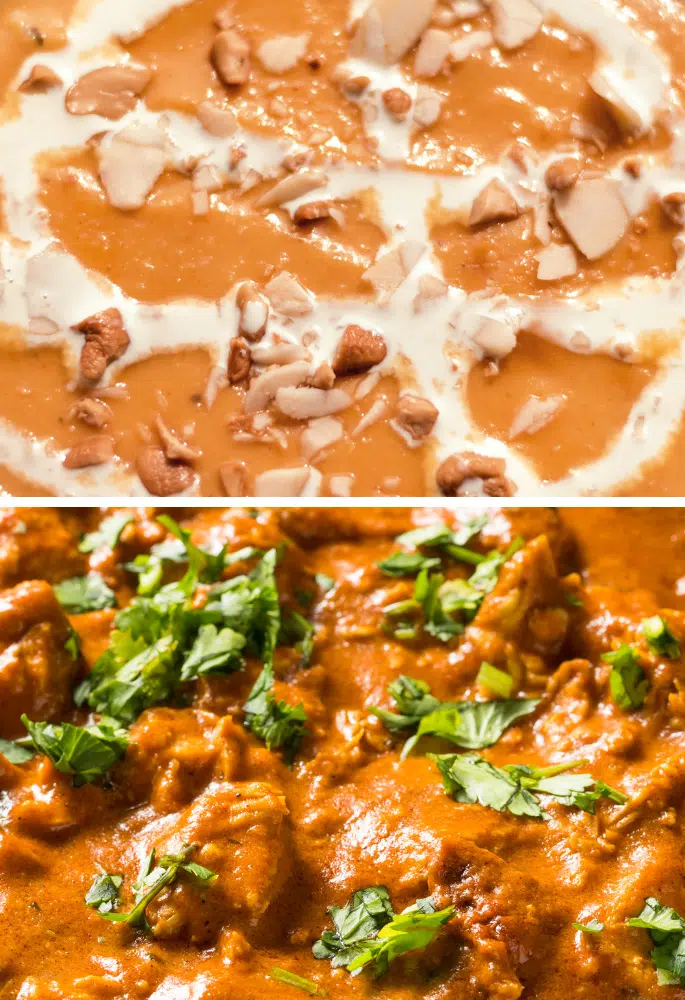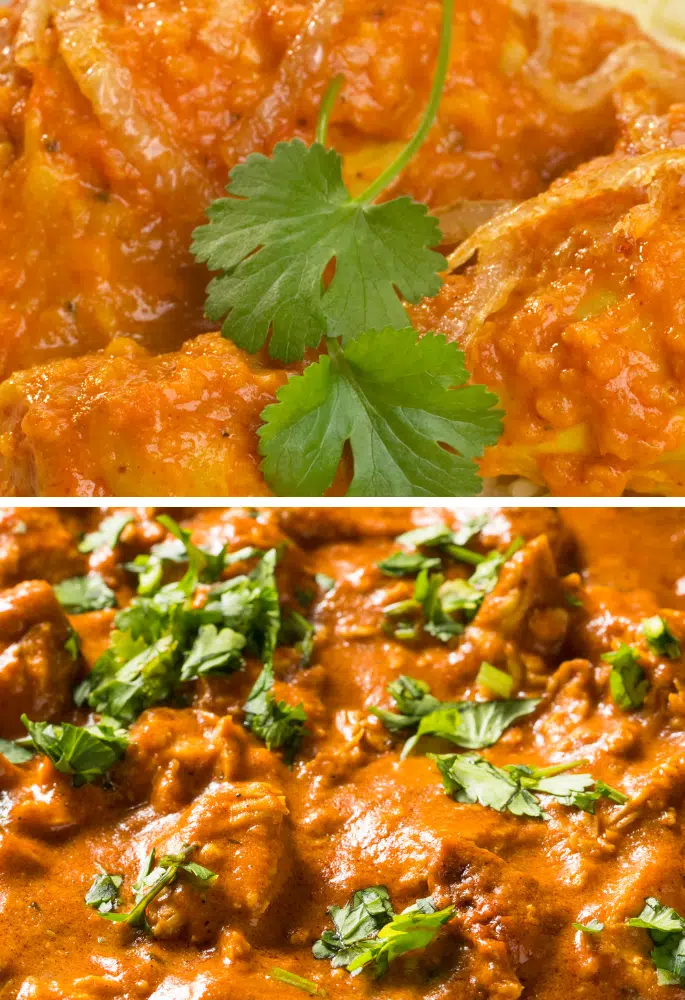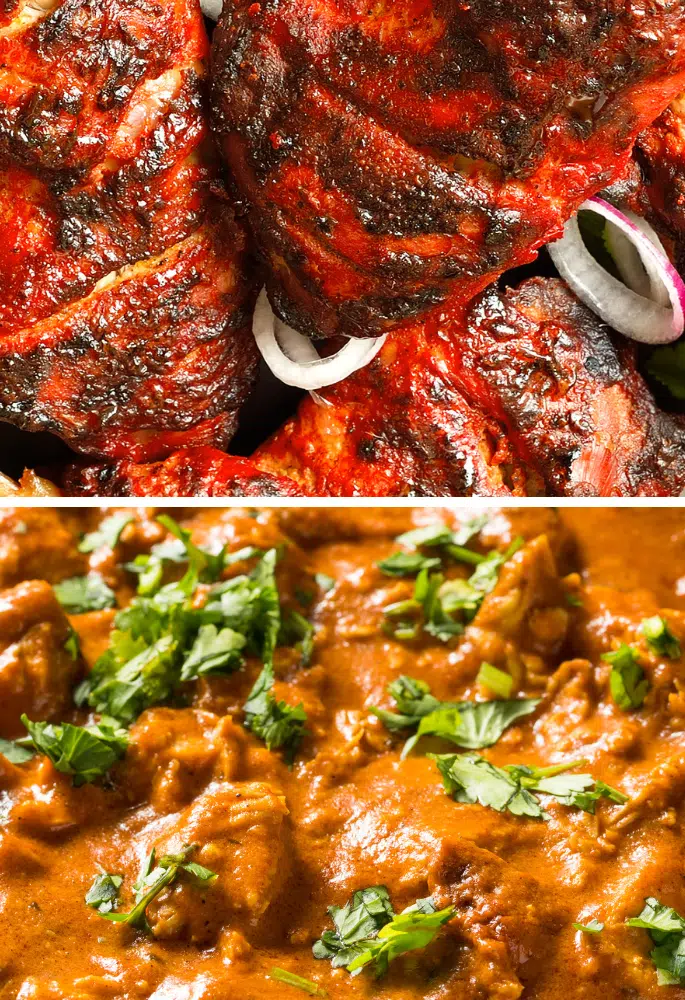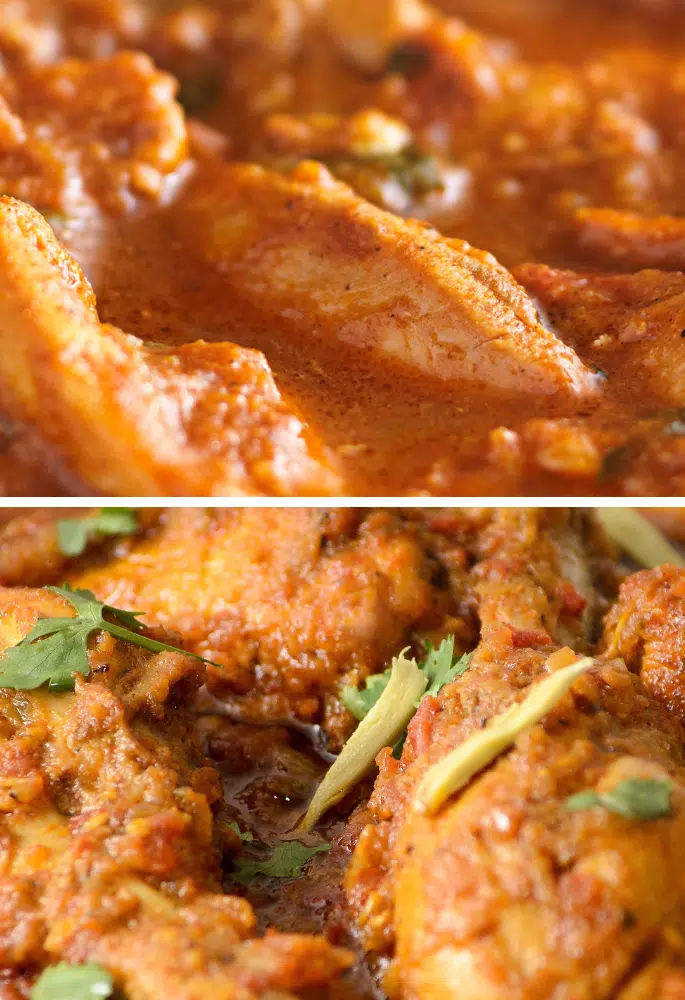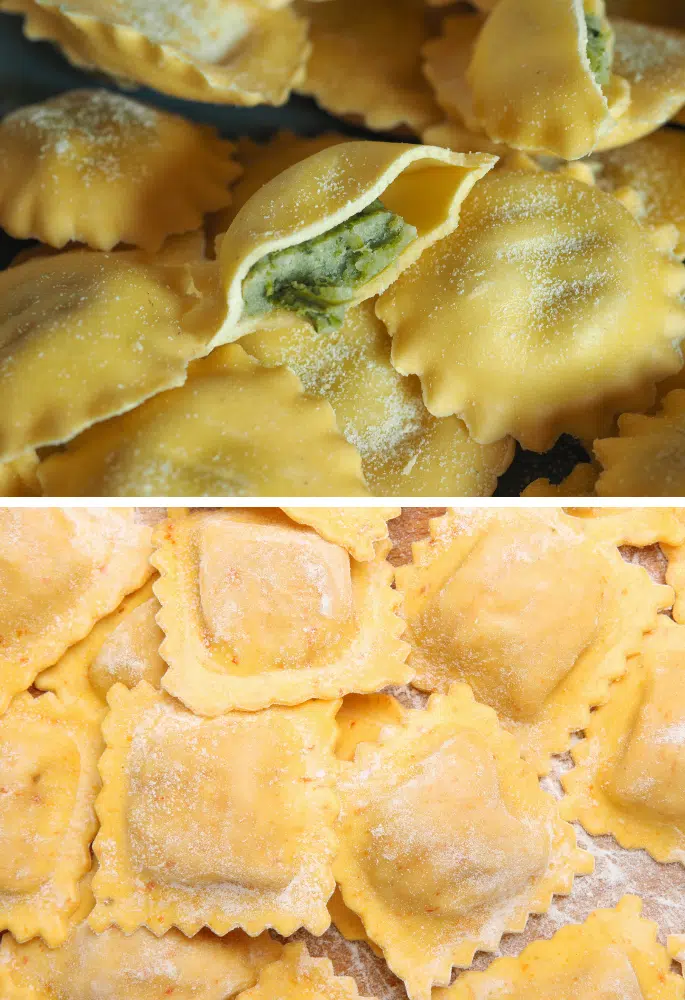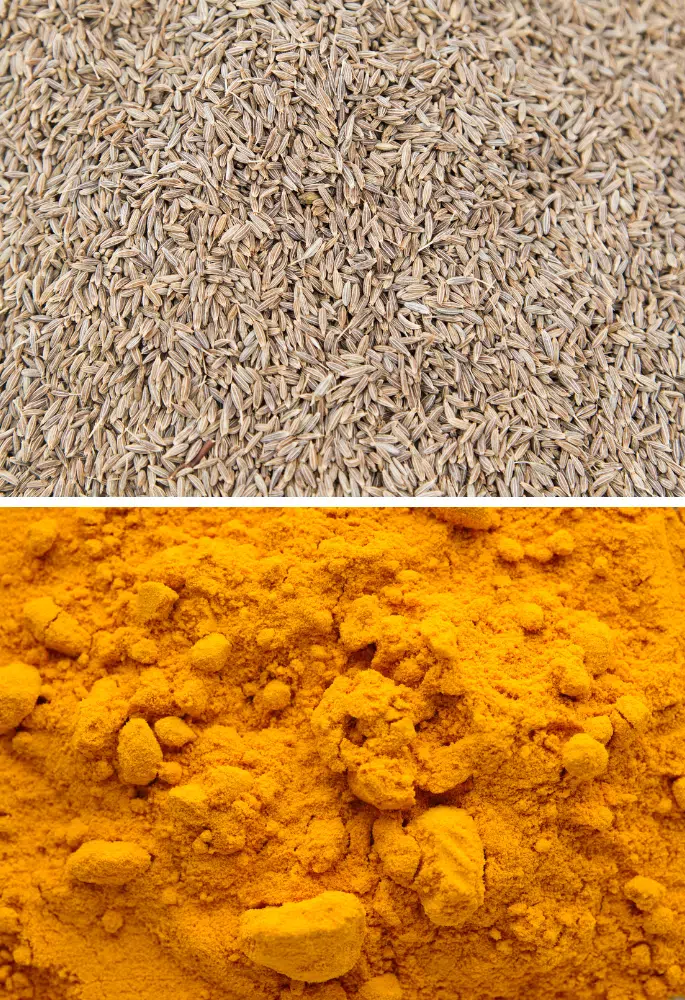You might think that fajita and quesadilla can be used interchangeably, but this is untrue. Although they have some similarities, fajitas and quesadillas are different dishes. So, let’s compare fajita vs quesadilla to see how they really differ.
The main difference between a fajita and a quesadilla is that a fajita is a Tex-Mex dish, whereas a quesadilla is authentically Mexican. Quesadillas are also far more cheesy than a fajita which may only have a cheese topping.
What is a Fajita?
To fully compare fajitas and quesadillas, it’s a good idea to know what each of these dishes are. So, let’s begin by taking a look at fajitas. Fajitas originate from Texas and are part of Tex-Mex cuisine.
They are not traditional in Mexico.
Fajitas were popularized by Mexican ranch workers in the Rio Grande Valley of Texas during the late 1930s to the 1940s. The dish was further popularized by Ninfa Rodriguez Laurenzo, a restaurateur in Houston, Texas.
They comprise sizzling strips of grilled meat, often steak or chicken, alongside sliced peppers and onions – all cooked on a grill or a frying pan. They are then served in flour (or sometimes corn if you’re lucky) tortillas.
They’ll often be served with sour cream, grated cheddar cheese and guacamole alongside a traditional fajita seasoning.
How I Make My Fajitas
My go-to method is first marinating thinly sliced chicken breasts or skirt steak in a blend of olive oil, lime juice, cumin, garlic, and a dash of chilli flakes for that essential kick. I then sizzle them up on a hot skillet with peppers and onions until everything’s singing with flavour.
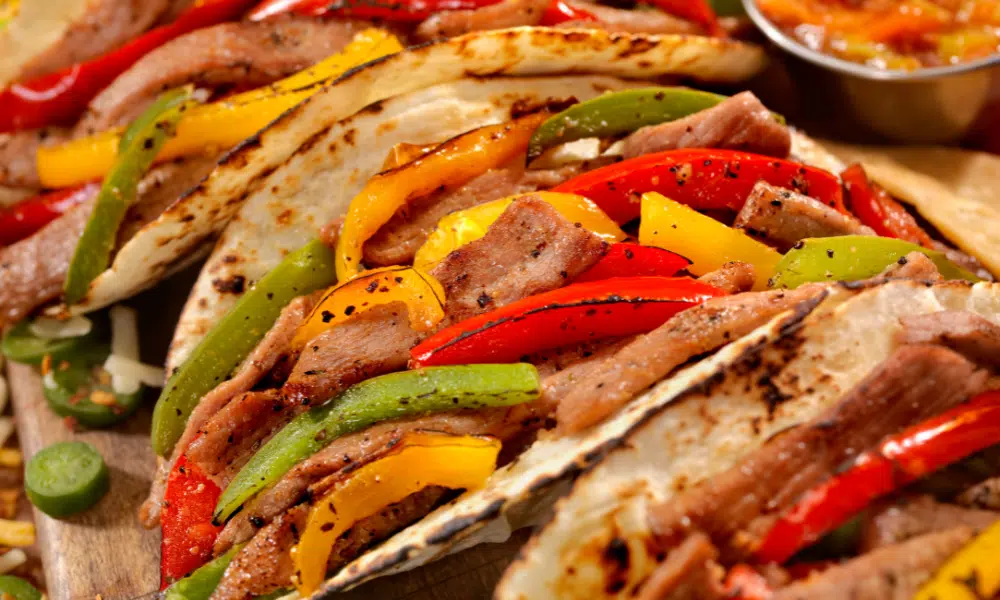
What is a Quesadilla?
A quesadilla is a traditional Mexican dish and staple of Mexican cuisine. It’s essentially a tortilla, typically made from corn in the southern regions of Mexico and from wheat flour in the northern regions, that’s filled with cheese and then grilled or cooked until the cheese melts.
Quesadillas are thought to have originated during the colonial period in Mexico. They evolved from the practice of indigenous people who would fill tortillas with pumpkin and squash. With the introduction of cheese by Spanish settlers, the modern quesadilla began to take form.
The term “quesadilla” is derived from Spanish, with “queso” meaning cheese and “-dilla” being a diminutive suffix. So, quesadilla roughly translates to “little cheesy thing.”
Quesadillas are popular due to their simplicity, versatility, and delightful taste. They are easy to make and can be filled with a variety of ingredients, making them customisable to individual tastes.
In Mexico, quesadillas are often served as a quick meal or snack, and they are a common offering at street food stalls. They’re typically cut into wedges and served with salsa, guacamole, or sour cream.
In Mexico City and other parts of central and southern Mexico, it’s common to see quesadillas filled with a variety of ingredients beyond just cheese. In contrast, in northern Mexico and then into the Southern states of the US, a quesadilla is mainly cheese by default.
My Favourite Quesadilla Filling
I like to use a mix of Monterey Jack and cheddar cheese for the filling. This combination results in a deliciously melty and flavourful core. I also enjoy adding sauteed onions and peppers for extra texture and a hint of sweetness.
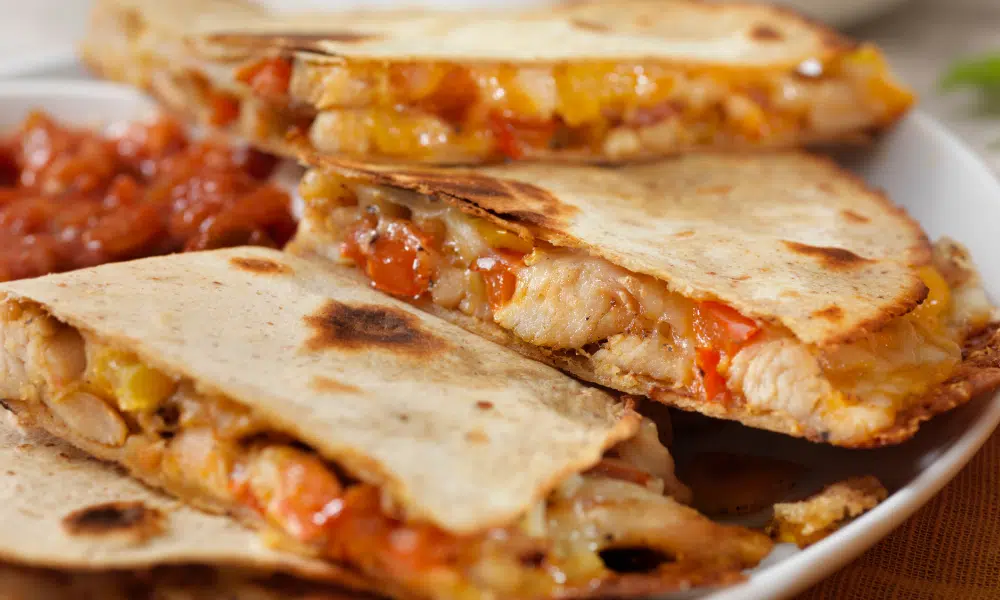
Differences Between Fajita and Quesadilla
There are some fairly obvious and substantial differences between fajitas and quesadillas:
Tortilla Type
Flour tortillas, which tend to be larger and softer, are typically used for fajitas. They’re perfect for wrapping up those juicy fillings! Quesadillas, on the other hand, traditionally use corn tortillas, especially in the southern parts of Mexico.
Corn tortillas lend a unique texture and a distinct, earthy flavour that really complements the melted cheese.
It’s not a hard-and-fast rule. I’ve seen and tasted, quesadillas and fajitas made with both types, and they’re equally delicious. It comes down to personal preference.
Cooking Order
With a quesadilla, the filling is placed into the tortilla and then heated with the filling inside to make a cohesive dish. The cheese melts, glueing the tortilla together.
However, when it comes to fajitas, the tortillas are simply used as a vessel to carry the main elements of the dish. You cook the filling in a pan and then load that into the tortillas.
Age
Although they’re hugely popular now, it’s reported that fajitas became popular in the mid-1940s in the Southern states of the US, mainly Texas. Quesadillas, however, have been enjoyed in Mexica since way back in the 16th century!
Origins
Of course, the most obvious difference is where each dish originated.
Fajitas are from Texas. The Tejanos people invented them. Quesadillas are from Mexico, mainly southern Mexico. The Aztecs are thought to have created the first form of a quesadilla by stuffing tortillas with squash and baking it.
Flavour
With cheese being the main ingredient in a quesadilla, the prominent flavour will be cheese. Fajitas, however, will only have a small cheese topping or none at all. The prominent flavour will be the meat.
Similarities Between Fajita and Quesadilla
You might not think there is anything left to be similar between fajitas and quesadillas, but there are still a couple of links between the two dishes:
Tortilla
Ultimately, both dishes use a tortilla, and the tortilla is used to carry the remaining ingredients.
The type of tortilla might be different. The way they are cooked might differ. But they both use a tortilla which then contains the main ingredients.
Flavour
The main flavour profile of the two dishes might be different, but the underlying spicing will be pretty similar. Chillies, paprika, cumin and ground coriander are often used to give them flavour.
Fajita vs Quesadilla: Which Wins?
It comes down to whether you want something cheesy and authentic versus something easy to eat that’s part of Tex-Mex cuisine.
Do You Prefer Fajitas or Quesadillas?
Sources
We have verified the information on this page using the following resources:
Acacia may be a freelance writer by day, but they are a food fanatic by night. They are always trying out new recipes or finding different ways to elevate classical dishes. But their biggest culinary aim is to educate others on the basics of the kitchen so that they too can enjoy delicious food.


